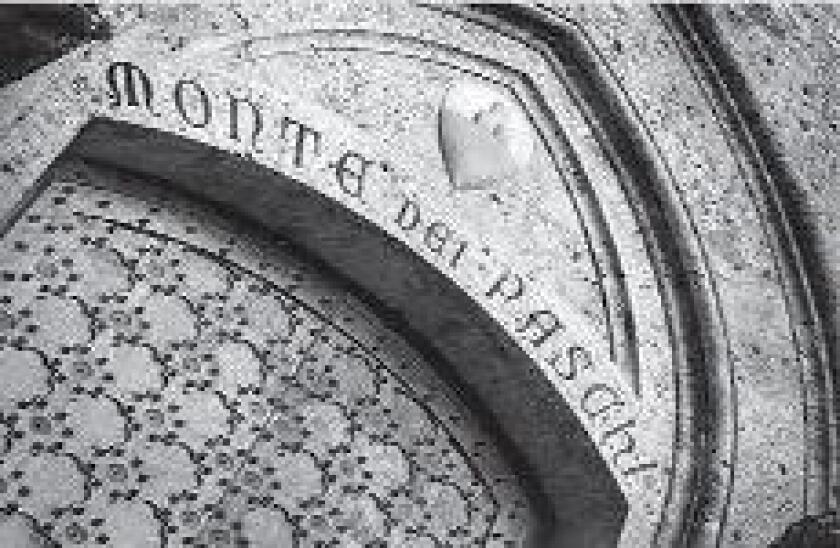No amount of financial engineering has yet been enough for Banca Monte dei Paschi di Siena to deliver itself from asset and capital quality problems that date back to at least the financial crisis, after which MPS suffered heavy losses.
Suffering huge exposure to non-performing loans, the world’s oldest bank is thought to be well behind its capital requirements under the European Banking Authority’s (EBA) Supervisory Review and Evaluation Process (SREP).
Luckily, MPS struck up plans for a way to raise a whopping €5bn of capital to support wiping €9.2bn net of bad loans from its balance sheet.
But MPS not relying on investors buying new share capital in the bank — though that will feature as a later part of its rescue plan — and it is not relying on public funds to help it shoulder the pain of its planned bad loan disposal.
Instead, the Italian bank wants its bondholders to shoulder the pain of its difficult and still uncertain path to recovery.
This is exactly what the regulators behind the Bank Recovery and Resolution Directive (BRRD) framework have aimed for.
The BRRD shifts the burden of bank bail-outs from the taxpayer to an institution’s creditors. It allows authorities to write down and convert some of a bank's liabilities through a tool known as “bail-in”, in the hope that the bank can continue in business as a deeply restructured institution.
MPS’s recent debt-for-equity swap shows this process working in practice, even if no formal "bail-in" has been triggered.
The Italian lender makes it clear that its offer for bondholders to swap their subordinated debt for equity is entirely voluntary, but it also goes to great lengths to describe the potential fallout should it not be able to clean up its non-performing loan portfolio and reduce its capital shortfall.
“There could be a material adverse effect on the bank’s business, to the point of placing its activities at risk, causing significant negative effects on its economic, balance sheet and financial condition,” explains MPS.
“In such case, a failure to comply with the capital requirements could trigger the application of the resolution measures provided for by the Italian BRRD Implementation, which include the mandatory conversion of subordinated securities.”
In essence, the proposed swap is a mandatory bail-in disguised as a voluntary one. Europe’s resolution rules are being imposed without the regulators themselves actually having to step in.
The trouble is that no one is ready for regulators to step in and actually impose losses on bondholders — from subordinated to senior, and from institutional to retail.
It is never a good time to wind down a failing bank, of course, but the situation is particularly delicate in Italy.
First of all, ordinary people are intermingled with professionals in the investor base for Italian bank bonds. Those familiar with Italian financial misfortunes over the past two years will remember the turmoil following the collapse of four small Italian lenders last December — the seriousness of which became evident when retail owners suffered losses and a pensioner committed suicide.
But there has also been a constant whiff of systemic crisis in the Italian banking sector this year. Market participants have periodically panicked about Italy’s €360bn bad debt mountain, and proceeded to hammer bonds and shares of the country’s banks. Confidence could plummet even further in December, if a No vote in Italy’s referendum on constitutional reform sends the country into a political crisis.
Granted, there is still room for some flexibility in applying the BRRD. Other tools remain available in circumstances of very extraordinary systemic stress, including state support or — perhaps — some kind of carve-out for retail investors. But there will be strong calls from within Europe for a strict application of the directive.
Either way, if MPS’s “debt-for-equity-swap-come-bail-in” fails to achieve its stated aim, regulators are going to have to ask themselves exactly what resolution will look like under BRRD. Applying the rules in real life will be far messier than it does on paper — so let's hope bondholders don't call the bluff, and turn out to bail themselves in.
